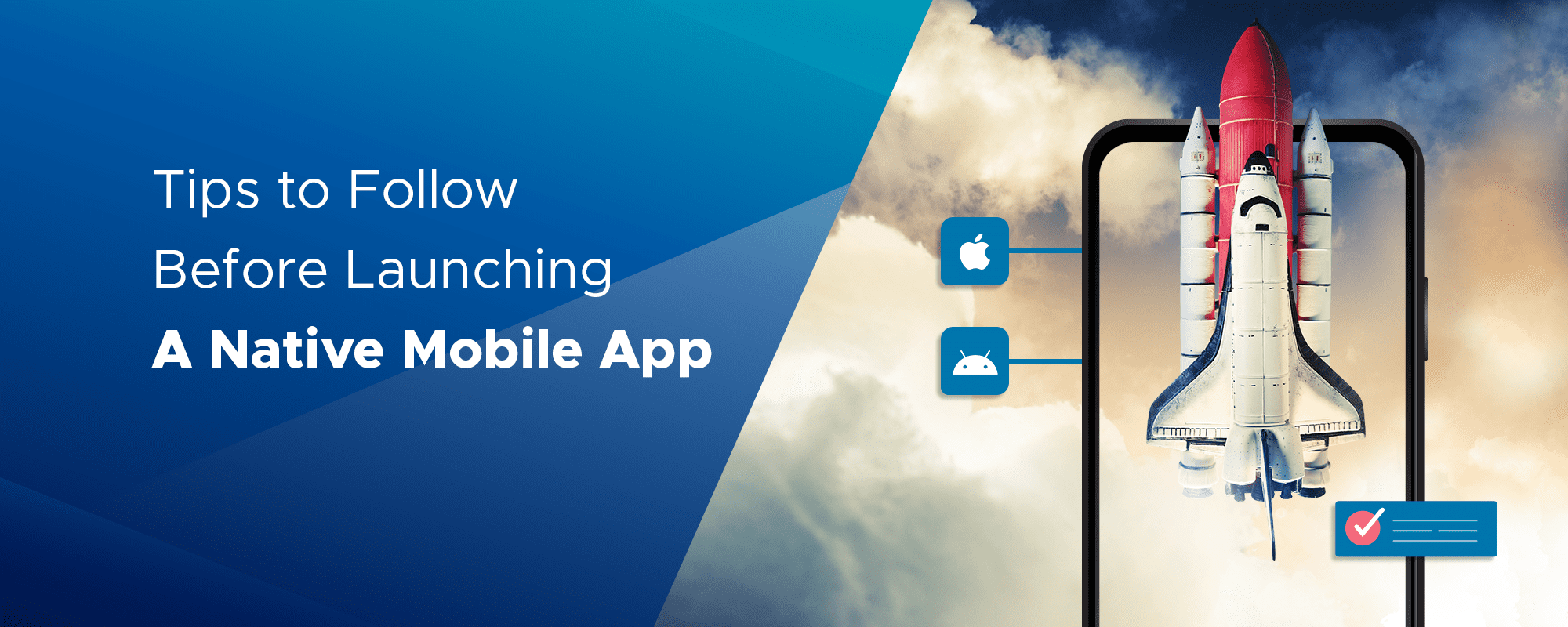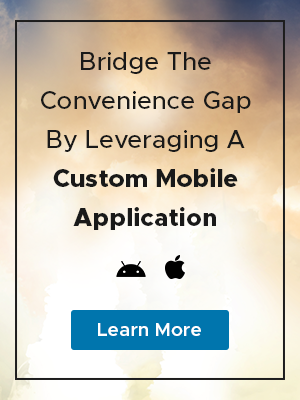A mobile app can be the most critical element in your marketing strategy if you choose to create one for your business. As there is no one-size-fits-all solution in a mobile-first world where consumers seek personalized experiences, how a mobile app adds value will depend from one company to another.
But, there are key performance indicators (KPIs) which you should know about that directly depend on the presence of a mobile app. Monitoring such KPIs makes it easier for you to analyze the weekly or monthly performance. The KPIs in which progress can be observed through the presence of a mobile app are:
- Average Order Value (AOV) – AOV is the average of each dollar earned. It is calculated by dividing total revenue by the total number of orders placed by customers.
- Average Revenue Per User (ARPU) – ARPU is the average revenue that you can expect from each customer. It is calculated by dividing the total income by the number of users.
- Life-Time Value (LTV) – LTV is the average revenue generated by a customer. It is calculated by dividing the average monthly income by the rate at which you lose customers.
While websites have been around for many years, small and medium-sized businesses (SMBs) should understand the importance of having a mobile app to stay relevant and survive the competition. To continuously improve the KPIs mentioned above, you need to focus on creating personalized or engaging experiences through mobile apps.
Such experiences can only be unlocked through native mobile app development. The theoretical part may raise your hopes of successfully launching your app, but a lot of thought goes into ensuring the success of your app after it is launched. In this blog post, I would like to share some facts and tips on native mobile apps that will help you along the way.
Your Requirements are Unique and so is your Native Mobile App
From the outside, developing and launching a native mobile app may look easy. Why? Because 90 percent effort goes into research and strategy. Taking an idea to market requires an in-depth analysis of the market as well as competitors. Before the custom mobile app design and development phase begins, you should be able to answer the following questions:
- Why will my target audience install the mobile app?
- How will my mobile app evolve with time?
- Is there a need for a mobile app?
Goals Behind Developing a Custom Mobile App should be Clear
If you are going for a custom mobile app, you should understand what can be achieved by developing one. In addition to improving the KPIs mentioned above, you should know where a mobile app fits in the bigger picture to enable you to grow your business. I researched a few examples to elaborate on how different companies can achieve different objectives with a custom mobile application:
- Ecommerce: With an eCommerce mobile app for buyers, you can target a new customer segment that prefers shopping only using their smartphone.
- Product: A custom mobile app can benefit your product by adding comfort and convenience. A mobile app for your product enhances the user experience as well.
- Community: Many companies understand the value of building a community. After studying a few case studies, one can say that mobile apps provide the perfect mechanism to build an engaged community to support your overall business strategy.
Don’t Compromise on the Mobile App Development Technology Stack
Scalability is essential to consider, as you may never know when the user base increases. Within the span of a few months, your infrastructure may not support the increased load on the server. Thus, it becomes increasingly important to invest and select the components of your technology stack wisely. To grow your user base in a controlled and systematic way, try opting agile methodology in which the features of your mobile app are added over multiple interactions.
The First and Last Stages in an Iterative Process are Important
To take your custom mobile app from zero to market, a simple four-step process can be followed. The four steps can be discovery, design, development, and insights. The first and fourth stages, i.e., discovery and insights, are essential. Over multiple iterations, if done correctly, it can ensure the success of your mobile app.
The first stage, discovery, involves conducting in-depth market research along with bringing visibility in the functional requirements. The second stage, insights, emphasizes more toward the evaluation side as it involves monitoring important KPIs and gathering post-release insights that can act as an input for the next sprint.
Design your Mobile App with a Content-First Approach
From a simple error message to marketing assets, the content on your mobile app should resonate with humans. You need to understand the context behind each option provided on your mobile app user interface (UI). Once the design and development phase is over, the content should be perfectly in sync with the funnel without being pushy. Other elements of content are to be considered well in advance before developing a mobile app. Such aspects of content are:
- Tone: You need to define the tone for your brand, and the same should reflect on different platforms.
- Audience: If personas are already defined, then the content can be created for different types of audiences such as general, informed, and expert.
- Intent: The content on your mobile app should have a purpose. Do you want to convince the user? Or do you want to inform and expect the user to convert at a later stage?
We are Here to Help
The above tips and facts have been written for business owners from different industries to consider before launching a native mobile app. Each native mobile app is unique. While there can be more tips considering your unique requirements, for expert guidance on mobile apps, please feel free to share your queries in the comments below.
Develop Competitive Advantage by Leveraging our Custom Mobile App Development Service



Comments (1)
 Manish Gulati
Manish Gulati
It is a good topic that you choose people frequently ask about these kinds of queries. The most important fact when you launch any apps test it before launch. Add content which satisfies clothes and reaches out to you. The points you share all are good keep sharing like this.